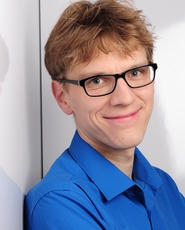
Dipl.-Ing. Marc Aubreville
Researcher in the Computer Vision (CV) group at the Pattern Recognition Lab of the Friedrich-Alexander-Universität Erlangen-Nürnberg
Classification of cancerous and physiological tissue in confocal lasermicroendoscopy (CLE) images
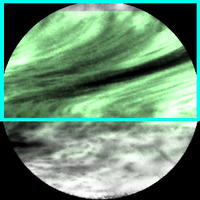
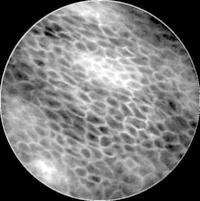
The goal of this project is to detect cancerous tissue in confocal lasermicroendoscopy (CLE) images of the oral cavity and the vocal cord. The current treatment of these diseases is a histological analysis of specimen and a surgical resection, which has a rather high long-term survival rate, or radiation therapy with a lower survival rate. An early detection of cancerous tissue could lead to a lowered complication rate for further treatment, as well as a better overall prognosis for patients. Further, an in-vivo diagnosis during operation could narrow down the area for the necessary surgical excision, which is especially beneficial for cancer of the vocal cords.
Detection and classification of cells in digital histology images
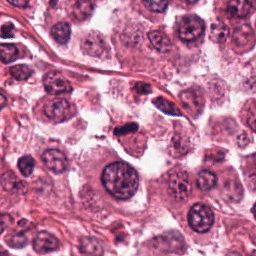
Identification and counting of cells is a standard task in histopathology. Due to the large overall cell count on histological slides and the sparse prevalence of some relevant cell types, counting for sufficient statistics is a tedious task and prone to a significant error in assessment.
Our goal is to develop a more objective and accurate, automatized approach to histological mitosis counting by assisting pathologist in the selection of fields with the highest mitotic counts and more constant parameter of mitotic figure identification.
One challenge in automatic detection in histology images is the current lack of high quality and quantity annotation data. In order to overcome this, we developed ![]() SlideRunner, together with our cooperation partners at FU Berlin.
SlideRunner, together with our cooperation partners at FU Berlin.
Deep Learning for Hearing Aid Applications
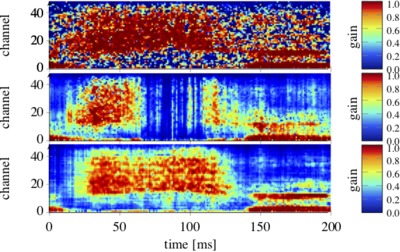
Reduction of unwanted environmental noises is an important feature of today's hearing aids. The majority of these algorithms, however, is restricted to the reduction of stationary noises. Due to the large number of different background noises in daily situations, it is hard to heuristically cover the complete solution space of noise reduction schemes. Deep learning-based algorithms pose a possible solution to this dilemma, however, they sometimes lack robustness and applicability in the strict context of hearing aids. We focus our research on keeping those important side-conditions while exploring possibilities at the edge of what's technically possible.

 +49 9131 85 27891
+49 9131 85 27891
 +49 9131 85 27270
+49 9131 85 27270

